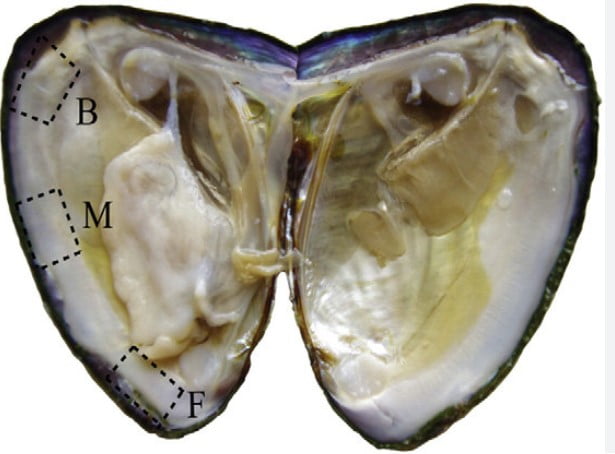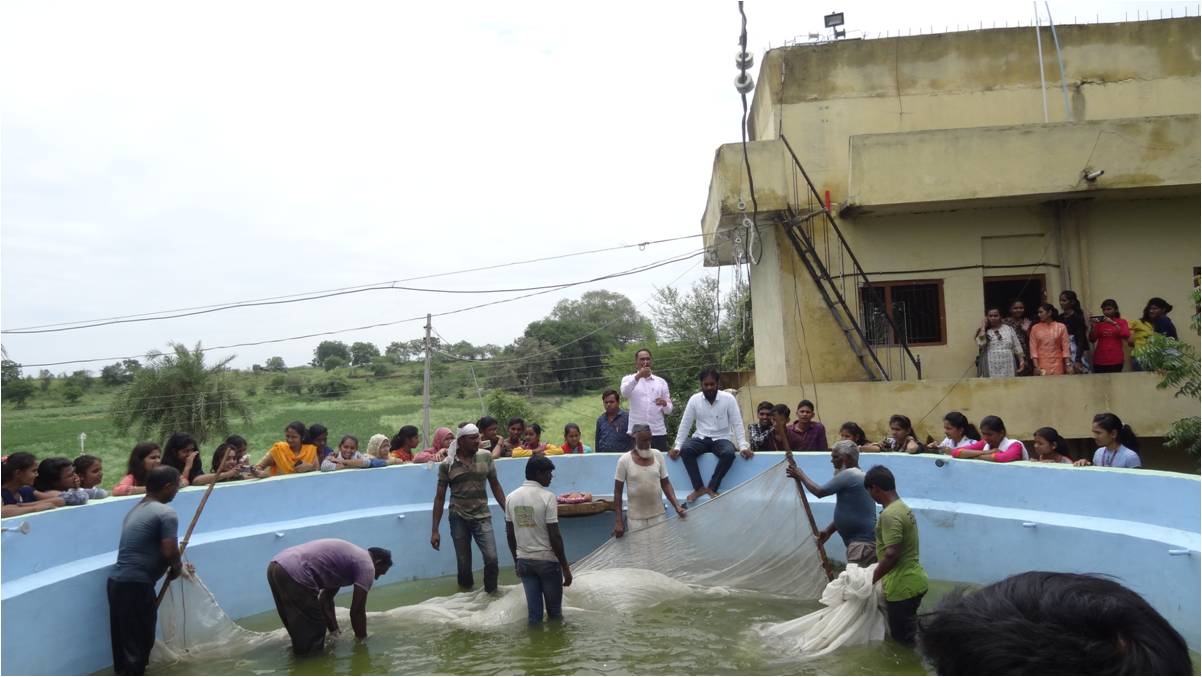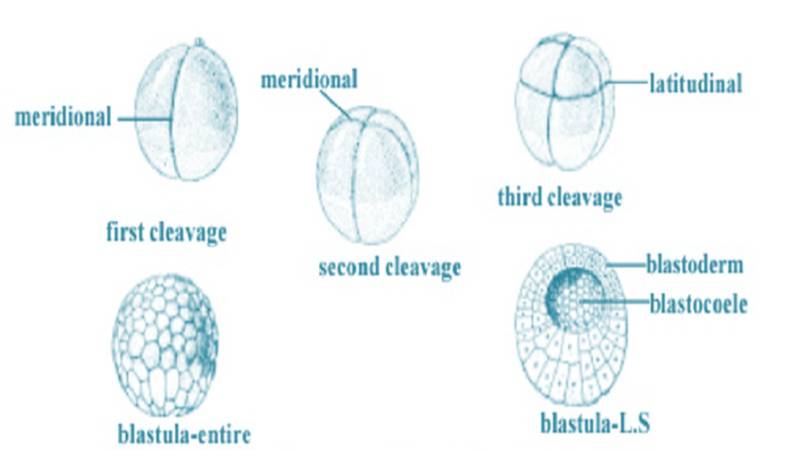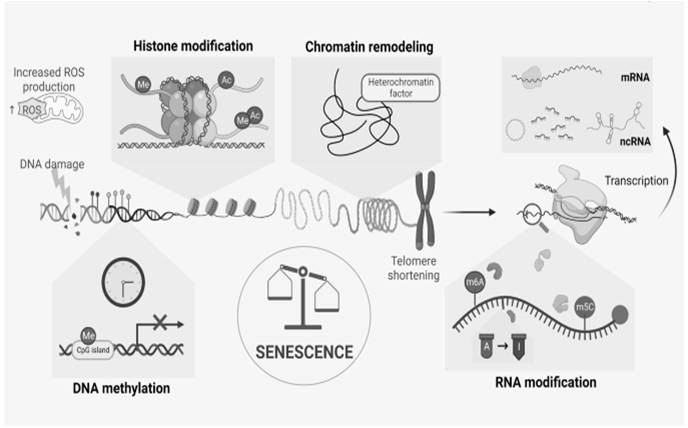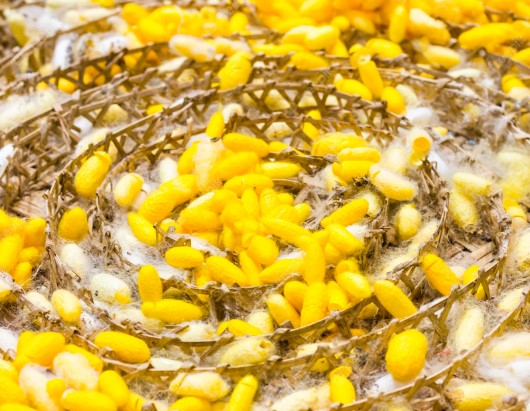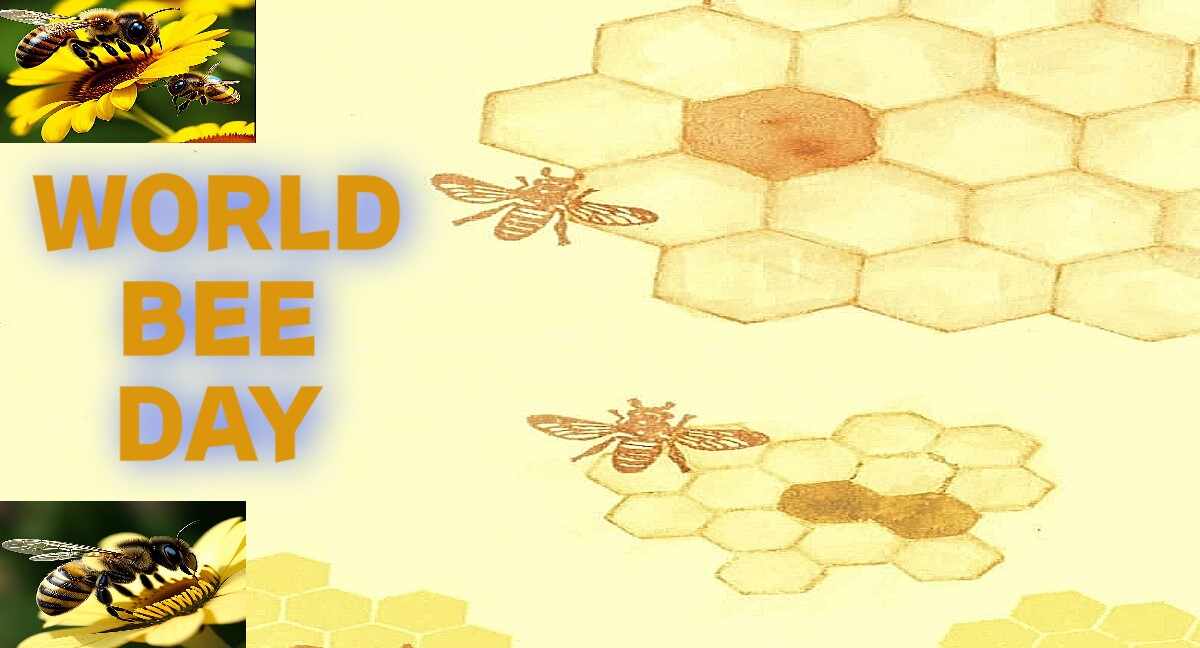Why Sericulture Important to Society: Since agriculture is a basic need for humans, there is always a lot of scope in this field of study. With the advent of technology and developments that come with it, there has been a wide variety of job opportunities in both public and private enterprises.
Why Sericulture Important to Society
- High employment potential About 60-100 lakh persons are engaged in various sericulture activities in the country
- Low Gestation, High Returns Mulberry takes only six months to grow for commencement of silkworm rearing. Mulberry once planted will go on supporting silkworm rearing year after year for 15-20 years depending on inputs and management provided.
- Five crops can be taken in one year under tropical conditions.
- By adopting stipulated package of practices, a farmer can attain net income levels up to Rs.50000 per acre per annum. hardworking farmers with proper maintenance and inputs can reach up to an income of 2 lac per year from one acre. ‘Why Sericulture Important to Society’
- Women friendly Occupation Women constitute over 60 % of those employed in down-stream activities of sericulture in the country. This is possible because sericulture activities starting from mulberry garden management, leaf harvesting and silkworm rearing is more effectively taken up by the women folk. Even silk reeling industry including weaving is 100% supported by them. ‘Why Sericulture Important to Society’
- Ideal Program for Weaker Sections of the Society
- Sericulture can be practiced even with very low land holding.
- One acre of mulberry garden and silkworm rearing can support a family of five without
hiring labour. - Features such as low gestation, high returns make sericulture an ideal program for weaker sections of the society. ‘Why Sericulture Important to Society’
- Vast tracts of forest based tasar food plantations available in the country, if judiciously exploited for rearing tasar silkworms, can offer supplementary gainful employment for tribals
- Eco-friendly Activity
- As a perennial crop with good foliage and root-spread, mulberry contributes to soil conservation and provides green cover. Waste from silkworm rearing can be recycled as
inputs to garden. Dried mulberry twigs and branches are used as fuel in place of firewood and therefore reduce the pressure on vegetation/forest. - Being a labour intensive and predominantly agro-based activity, involvement of smoke-emitting machinery is minimal.
- Developmental program initiated for mulberry plantation are mainly in upland areas where un-used cultivable land is made productive.
- Mulberry can also be cultivated as intercrop with numerous plantations.
- Mulberry being a deep-rooted perennial plant can be raised in vacant lands, hill slopes and watershed areas.
- Satisfies Equity Concerns Benefits of sectoral value-addition primarily accrue to rural households. As the end-product users are mostly from the higher economic groups, the money flows from high end groups to low end groups.
- Cases of landless families engaged in cocoon production using mulberry contracted from
local farmers are common in some states. - Mulberry farming is also done on community, government lands where the landless are given limited rights to cultivate mulberry.
 |
| Sericulture Important to Society |

